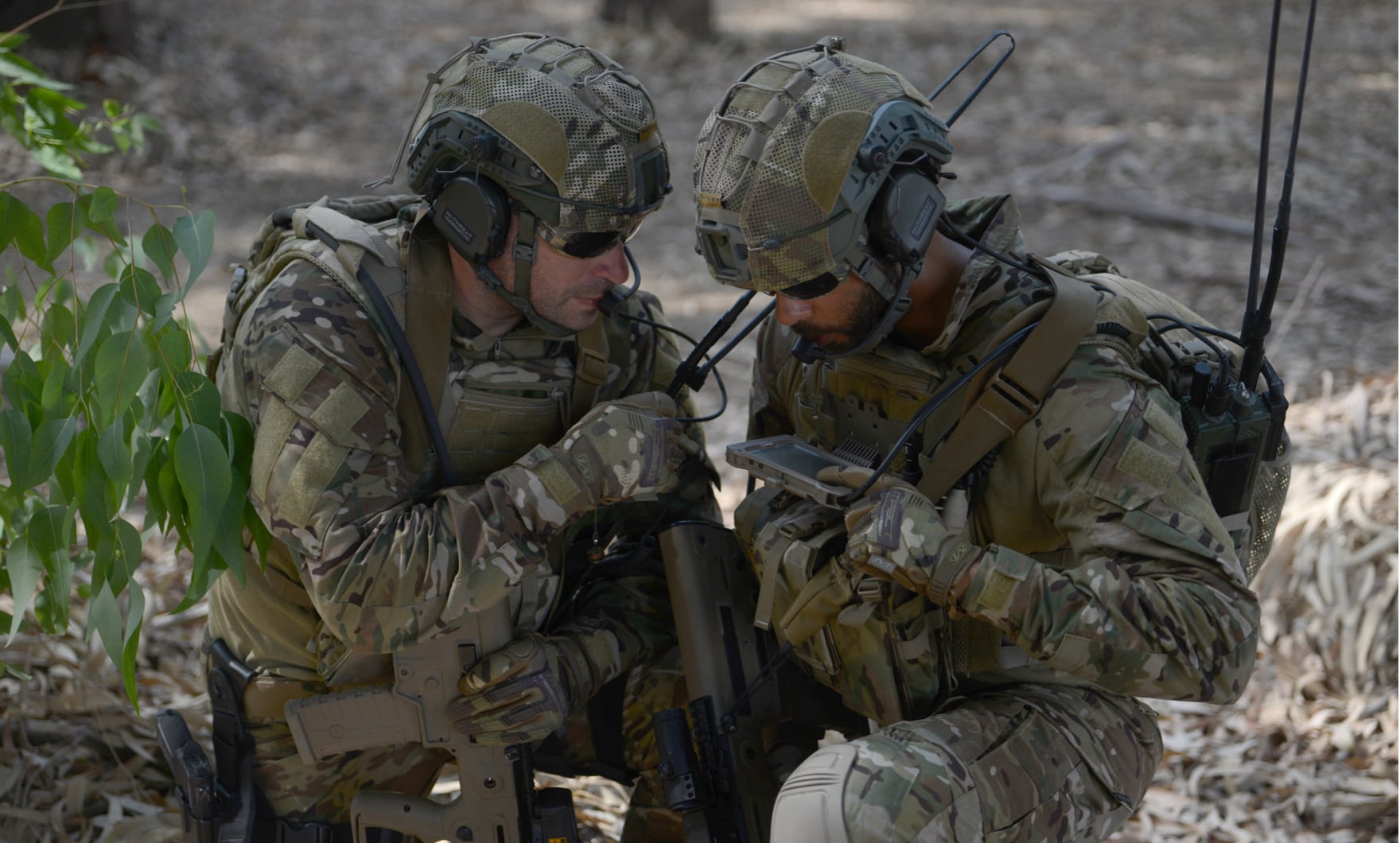Israel defense giant Rafael will target armies in Asia and Europe with its software-defined radios, banking on increasing demand for digitized communications systems.
With programs already underway in Germany and India, the company is pitching its BNET family of radios through partnerships with companies in half a dozen European markets — looking to snag market share from L3Harris, Thales, Leonardo and Israel’s own Elbit Systems.
Yoav Wermuth, head of Rafael’s Communications Division (C3) and former head of research and development, says that BNET can be integrated into a variety of platforms with existing architecture and systems. Integration is achieved through local partnerships, as it has done in India, or working with Spain’s Technobit, which provides the industrial and manufacturing solution with Rafael’s software and radio kit.
The company is now on the hunt for a local partner in the United Kingdom.
“We have several forms of the radio to be compatible with platforms from aircraft to tanks, and the integration is simple as we support standard interfaces," Wermuth said. With older vehicles some re-wiring may be necessary, along with the addition of computers, which is one of the upgrades Rafael supports in India.
"When integrating into a new tank, the tank provider has a modern architecture we plug into, and there are some standards in industry in last decade that make it simple with interfaces and protocols,” he added.
Rafael’s BNET has a broadband IP radio for aircraft (BNET-AR), a man-packable system (BNET-MPS), a vehicle (BNET-V) and hand-held model (BNET-HH). The system enables multiple radios and networks without tactical bottlenecks in communications, Wermuth said. In short: No more jeeps with dozens of antennas, but rather one radio.
“You connect each force, whether soldier, vehicle or aircraft or drone,” he says. “If you take a current software defined radio, tactical for instance, you receive 1 megabyte per second; on BNET you can do 100 times more.”
Many militaries lag behind the rapid advances in civilian infrastructure for communications, thanks in part to the success of applications like WhatsApp on smartphones, according to Rafael officials. Now they’re playing catchup, with Israel in the midst of a major digitization upgrade with its five year Momentum program, which includes BNET and Rafael’s Fire Weaver technology for reducing sensor to shooter times. The same technology was chosen when Germany hired Rafael and Atos in December 2019 for a “glass battlefield” demonstration.
“Militaries are conservative today and must go through transformative thinking to change how they conduct their mission, as it happens in civilian life,” says Wermuth.
Furthermore, providing a new communications system for militaries requires solving three challenges: lack of infrastructure when deployed in the field, the need to operate in severe conditions, and the need to ensure security amid threats of electronic warfare tactics, according to Rafael. Those challenges have been addressed with the Israel Defense Force, which the company hopes will be a selling point for foreign militaries seeking similar upgrades to communication technology.
In addition to the German demonstration, Rafael also won a $30 million contract for the Indian Air Force signed with the company’s local joint venture Astra Rafael Comsys Pvt Ltd, which could eventually approach $200 million according to the company. The potential is far greater if the program expands to equip the whole Indian Air Force. Rafael works within the framework of India’s demand to make products locally, building a local manufacturing footprint by way of joint ventures and local companies. It plans to compete for the Indian army’s massive 100,000 radio network when that becomes available.
The work with Germany also provides a foot in the door for work with the Tactical Edge Networking plan that envisions Germany and the Netherlands working together on tactical communications. This could combine the Bundeswehr’s D-LBO and Dutch Ministry of Defense FOXTROT systems, and is a multi-billion dollar program. A request for proposal (RFP) is expected for next year.
“In Europe there is now a rush of digitization programs,” says Wermuth, pointing to Spain where the country is seeking a complete renovation of tactical communications. Tenders for the army and air force are expected in the $1 billion range. Rafael hopes to team with the Spanish firm Technobit, which they have worked with before to supply remote controlled weapons stations to the Spanish army. The company has demonstrated BNET to Spanish officials from the Ministry of Defense . In the U.K., Rafael hopes to play a role with the Morpheus program for next generation tactical communications for the British Armed Forces.
In Australia the company is eyeing the Land 200 program, which is also estimated at $1 billion in digitization.
Seth J. Frantzman is the Israel correspondent for Defense News. He has covered conflict in the Mideast since 2010 for different publications. He has experience covering the international coalition against the Islamic State group in Iraq and Syria, and he is a co-founder and executive director of the Middle East Center for Reporting and Analysis.






